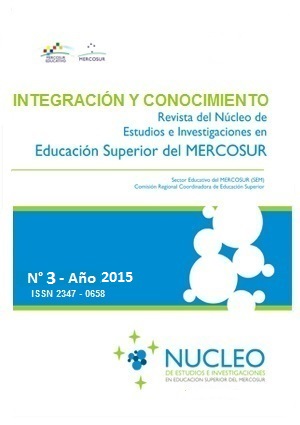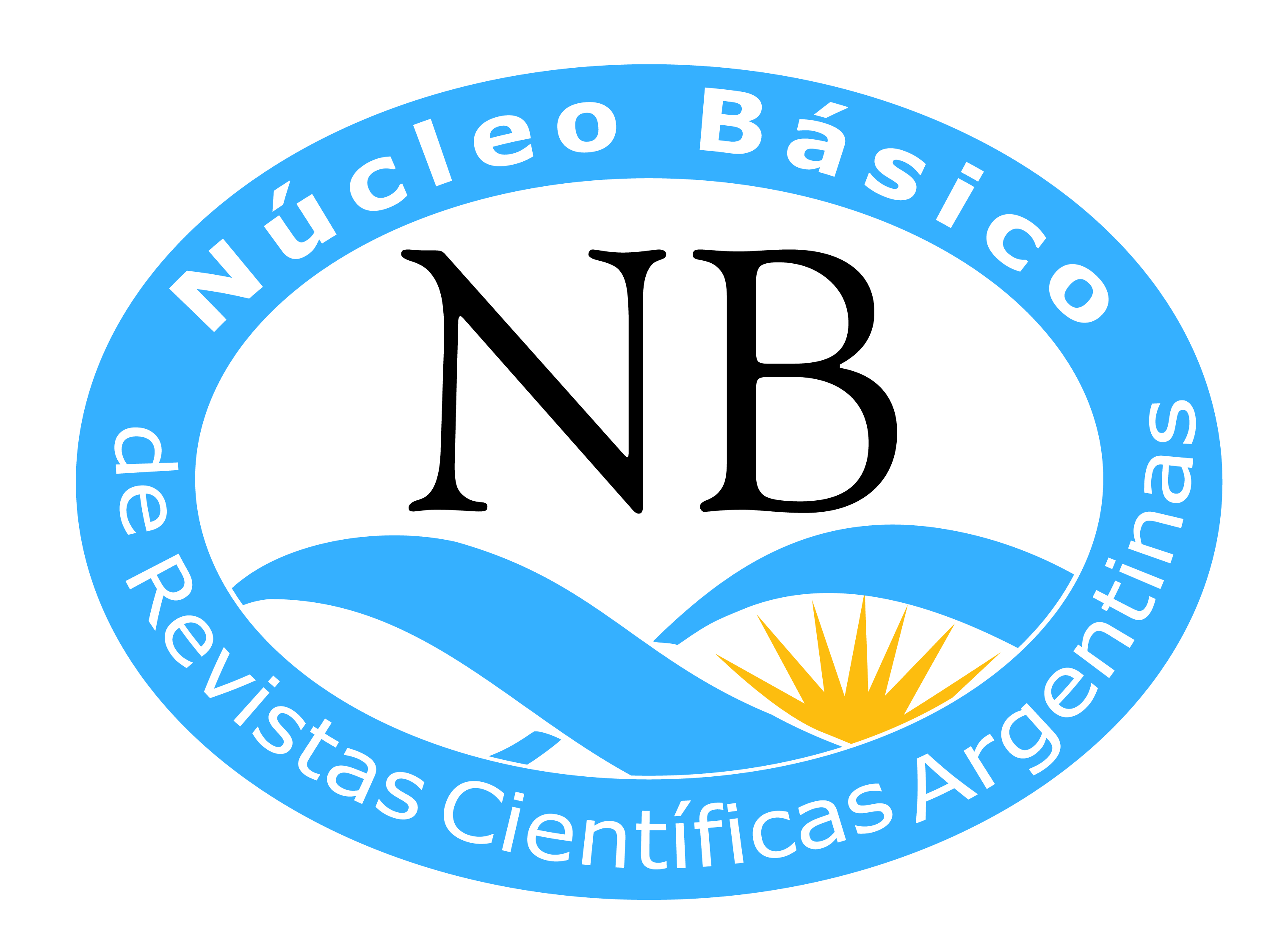La educación superior en el MERCOSUR: Argentina, Brasil, Paraguay y Uruguay hoy.
DOI:
https://doi.org/10.61203/2347-0658.v4.n0.12556Abstract
El libro que se presenta es el resultado de las acciones realizadas en el marco del Programa Interuniversitario para una Política de Equidad y Cohesión Social en la Educación Superior (RIAIPE 3). Cuenta con el apoyo financiero de la Comisión Europea a través del Programa ALFA III, el cual promueve acciones institucionales de cooperación universitaria entre países de América Latina y la Unión Europea. Desde una perspectiva comparada, la publicación aborda un complejo trabajo de caracterización de los sistemas de Educación Superior de cuatro países de América Latina que integran el MERCOSUR: Argentina, Brasil, Paraguay y Uruguay. Los estudios que se presentan para cada caso son el resultado de un riguroso proceso de recolección, sistematización y análisis de indicadores, legislación nacional y revisión bibliográfica específica por parte de un equipo de reconocidos académicos de diferentes Universidades con la convicción de contribuir a la elaboración de políticas comunes para el sector en la región. Cada caso constituye un apartado del libro, tres de ellos se encuentran escritos en español y uno en portugués.
Downloads
Downloads
Published
Issue
Section
License
Authors who have publications with this journal accept the following terms:
a. Authors shall retain their copyright and guarantee the journal the right of first publication of their work, which shall simultaneously be subject to the Creative Commons License of Recognition which allows third parties to share the work as long as its author is indicated and its first publication is this journal.
b. Authors may adopt other non-exclusive licensing agreements for the distribution of the published version of the work (e.g., depositing it in an institutional telematic archive or publishing it in a monographic volume) provided that the initial publication in this journal is indicated.
c. Authors are allowed and encouraged to disseminate their work via the Internet (e.g. in institutional telematic archives or on their website) after publication of the article, which may lead to interesting exchanges and increased citations of the published work. (See The Effect of Open Access).



